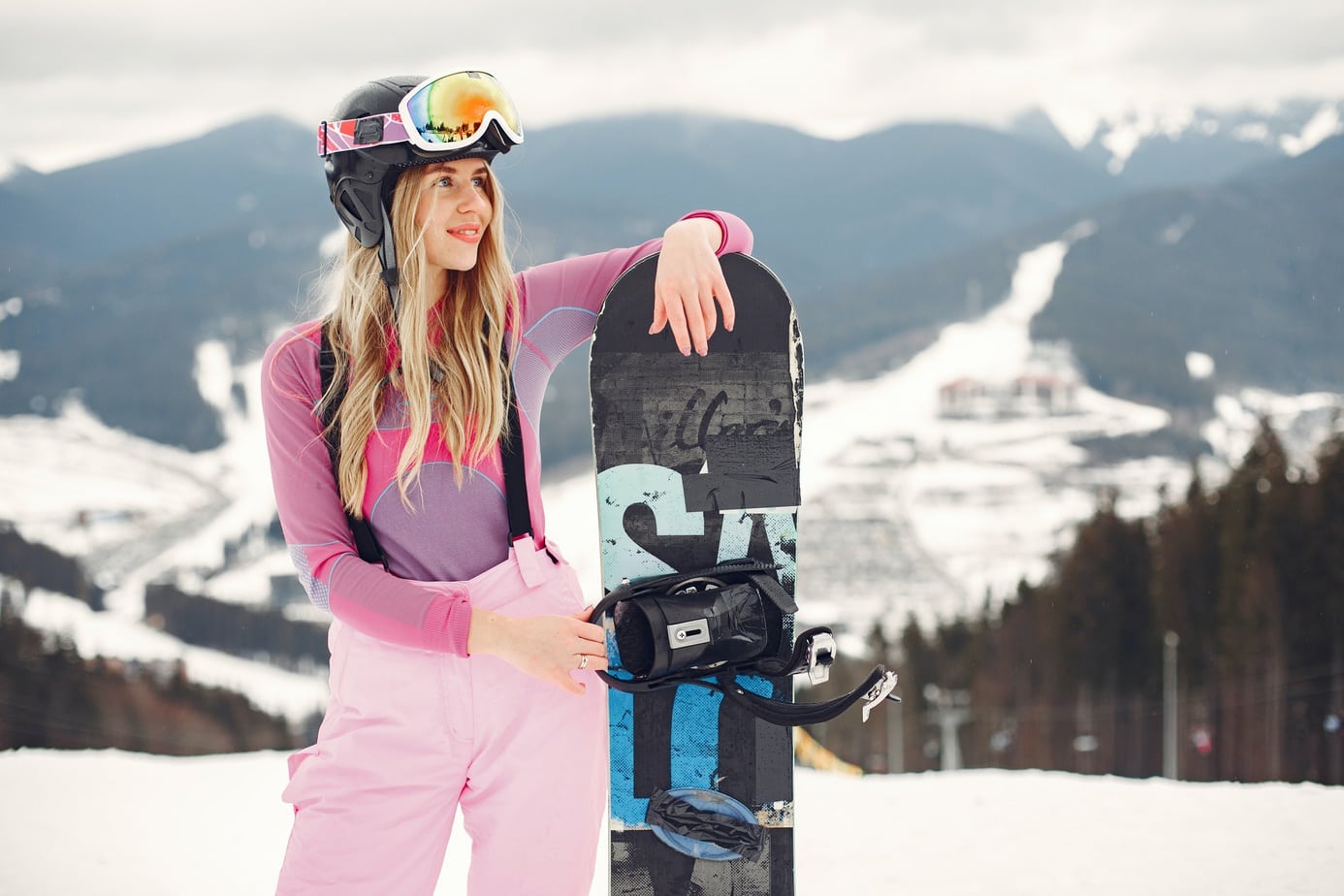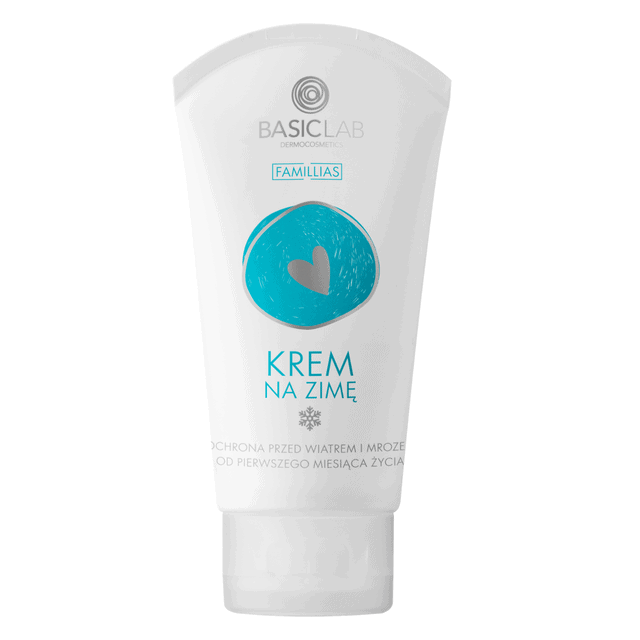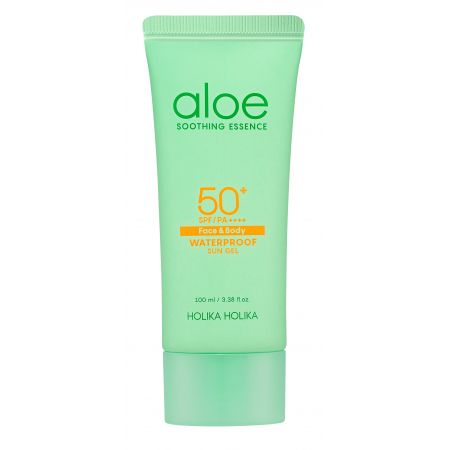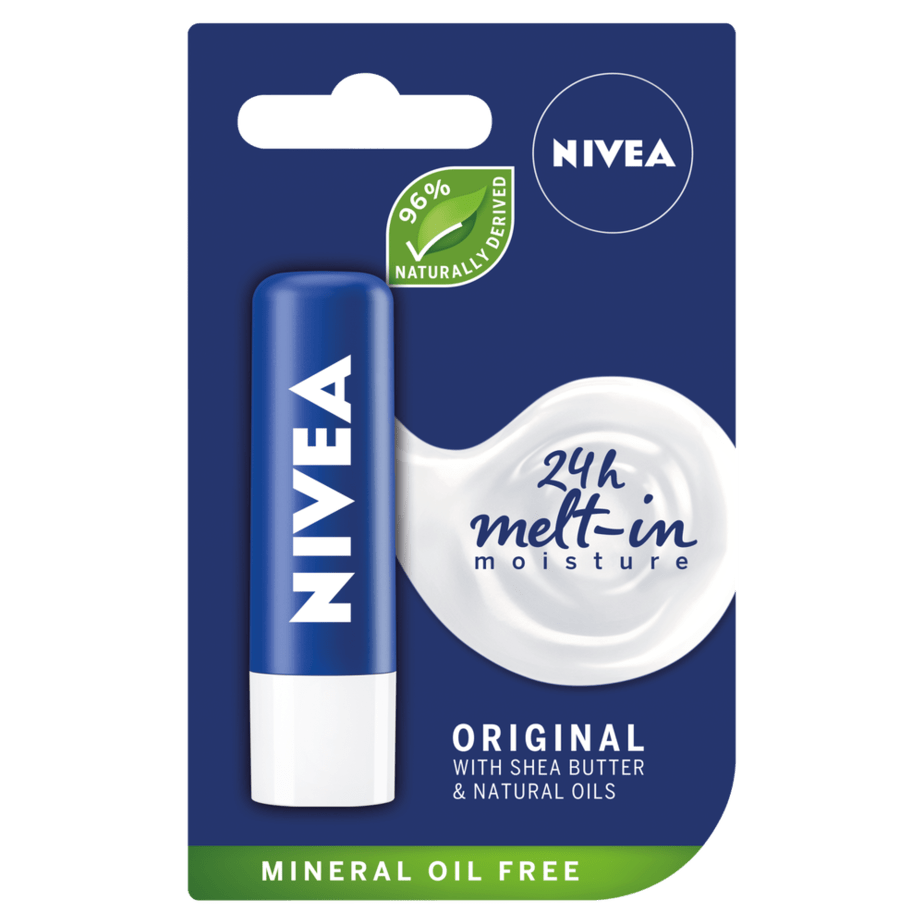
In winter our skin needs special care and protection from wind and frost. This is especially important if we go to the slopes to ski or snowboard. Therefore, before such a trip it is worth getting special cosmetics.
Skin care in winter (especially during winter sports, where conditions are not very conducive to our skin) is not easy. On the slopes the temperature is low and the wind blows. You can also not ignore the sun, even in winter. So what to do to effectively, but above all safely, protect your skin during the winter folly on the slopes?
Here are some valuable tips on how to best protect your skin against adverse weather conditions on the slopes.
Our skin, and especially the skin on our face, reacts more strongly to low temperatures because it contains many more cold receptors than warm receptors. Therefore, the colder it is outside, the slower the skin’s sebaceous glands work, and this causes water loss from the body. Under the influence of the cold the blood vessels constrict, so in effect the skin is less oxygenated. In winter, the skin needs nourishing creams, which provide it with additional protection and hydration. The consistency of winter cream should be thicker, because it creates a protective layer on the skin
When choosing a cosmetic, which we will use during the winter madness, it is worth checking whether it contains ceramides. These are chemical compounds from the lipid group, which perfectly seal the epidermis and prevent evaporation of water. In addition, the composition of the cream should also include an NMF component, i.e. a natural moisturizing factor, hyaluronic acid and vegetable and mineral oils such as evening primrose, avocado or sunflower oil and, of course, vitamin A and E
Not only in the summer we should remember about the creams with filters. In winter, especially in high mountain areas, on the slopes, UV radiation is as strong as in summer. This is because UV radiation reaches the earth, penetrating through the thick layer of clouds and even the epidermis, so it reaches the cells and adversely affects their DNA. Protective cream should have a minimum of SPF 30, but it is best and safest to use a winter cream with SPF 50. It is worth remembering to apply sunscreen to the face about 30 minutes before going to the slope, and after that apply a greasing cream.
Lips are very sensitive to cold temperatures. Usually in such conditions they are prone to chapping, especially if you lick them non-stop in the cold. That’s why it’s essential to get a protective lipstick with a high SPF sunscreen. Keep it in your jacket pocket to use when needed. Such a protective lipstick should have in its composition vitamin A and vitamin B5, which soothe inflammation and accelerate the healing of small wounds and regenerate epidermis damaged by frost.
The very sensitive and thin skin around the eyes needs special protection because it is very susceptible to drying out. To avoid irritation of this area, the skin around the eyes should be properly protected with a fatty and thick cream. On the slopes, sun, wind and snow also have an adverse effect on the eyes, so it is important to get goggles or ski goggles with UV protection and wind protection. Do not forget that too frequent exposure of the eyes to sunlight can even lead to so-called snow blindness.



Read also: The most stylish places in Europe that should be on every it-girl’s map
Main photo: Gustavo Fring/ pexels.com